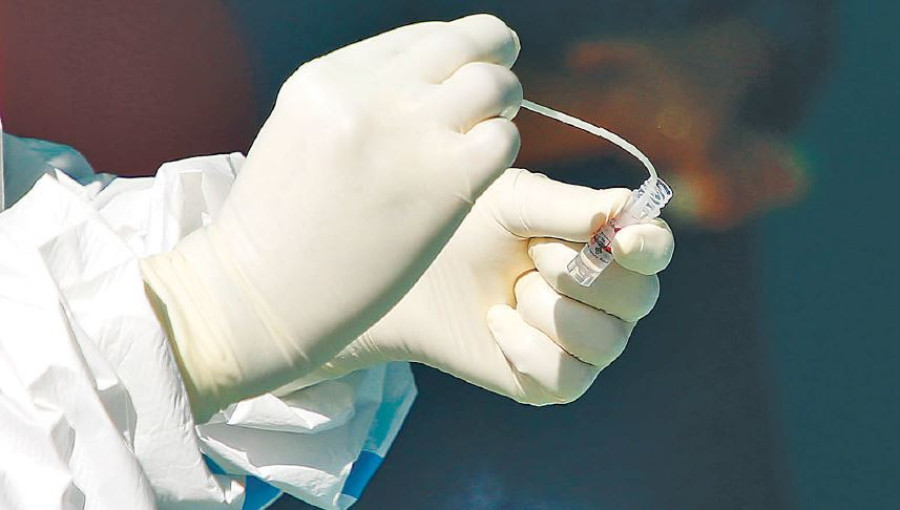Editorial
Conduct sero survey
We cannot afford to let our guard down yet.
The daily number of new Covid-19 cases in Nepal has been decreasing for the past several weeks. From 5,743 cases on October 21 to 130 new cases on February 8, it is a significant stride towards reducing the coronavirus caseload. Moreover, the number of deaths has come down in the past few weeks, with several days in the past few weeks reporting zero Covid-19 deaths, although seven new deaths were reported on Monday. If the numbers are to be taken at face value, we are doing much better nowadays.
Moreover, we have concluded the first phase of the Covid-19 vaccination drive, entered the second phase, and are awaiting a new lot of over 2.25 million doses of the vaccine under the World Health Organisation's Covax scheme. Things do not seem to be all that bad anymore. But how did we come to this and where are we headed in terms of dealing with the pandemic in a coordinated manner? As the Post reported on Sunday, doctors, public health professionals and authorities are having a hard time explaining the downward curve in the infection rate as well as formulating a clear roadmap for limiting future infections.
It is high time the government conducted a new seroprevalence study to assess the situation, especially since the results of the one conducted in September were not even made publicly available. The study had found that around 13 percent of the country’s population had been infected with the coronavirus until September. We cannot depend on such an old data set to tackle a pandemic that is evolving so fast. The government must come clear on how and when it is going to conduct another seroprevalence study, which is a significant step to assess the extent of the infection, the risk factors for infection, susceptible groups, and the effectiveness of public health interventions, among other things.
In India, the third national serosurvey conducted by the Indian Council for Medical Research found that 21.5 percent of the population above 18 had antibodies against Covid-19. The study found that children aged 10-17 years had 25.3 percent seroprevalence, while it was 25.7 percent among healthcare workers. If we are to take the Indian scenario as a reference point for Nepal, it is safe to say that a large section of the population is still at high risk of infection.
Furthermore, notwithstanding the reported decrease in the number of new infections, we must keep in mind the fact that the risk of Covid-19 infection has widened in recent weeks, with the government allowing the reopening of public places and institutions across the country. In fact, the virus might just be lurking around and might reappear anytime, as has been the case in Europe as several countries have gone under lockdowns weeks after reporting a dip in the number of new infections. This is, therefore, no time to become lenient, as we are still in the early stage of our fight against Covid-19.
Another reason why we cannot afford to let our guard down is that British drug maker AstraZeneca said on Saturday that its vaccine, Covishield, appeared to offer only limited protection against the South African variant of Covid-19 as per early data from a trial. It said the study showed that the vaccine had 'significantly reduced efficacy' against the South African variant. This is worrying, as there are growing reports that the British, South African and Brazilian variants of the coronavirus are more contagious than others.
Since Covishield is the one already in use in Nepal as well as the one expected to be donated by the World Health Organisation as part of the Covax programme, there is no way we can fully depend on the vaccine for protection against the virus. Even as drug makers scramble to adapt their vaccines to deal with the new variants, it is imperative that people continue to follow the Covid-19 safety guidelines.




 17.12°C Kathmandu
17.12°C Kathmandu














